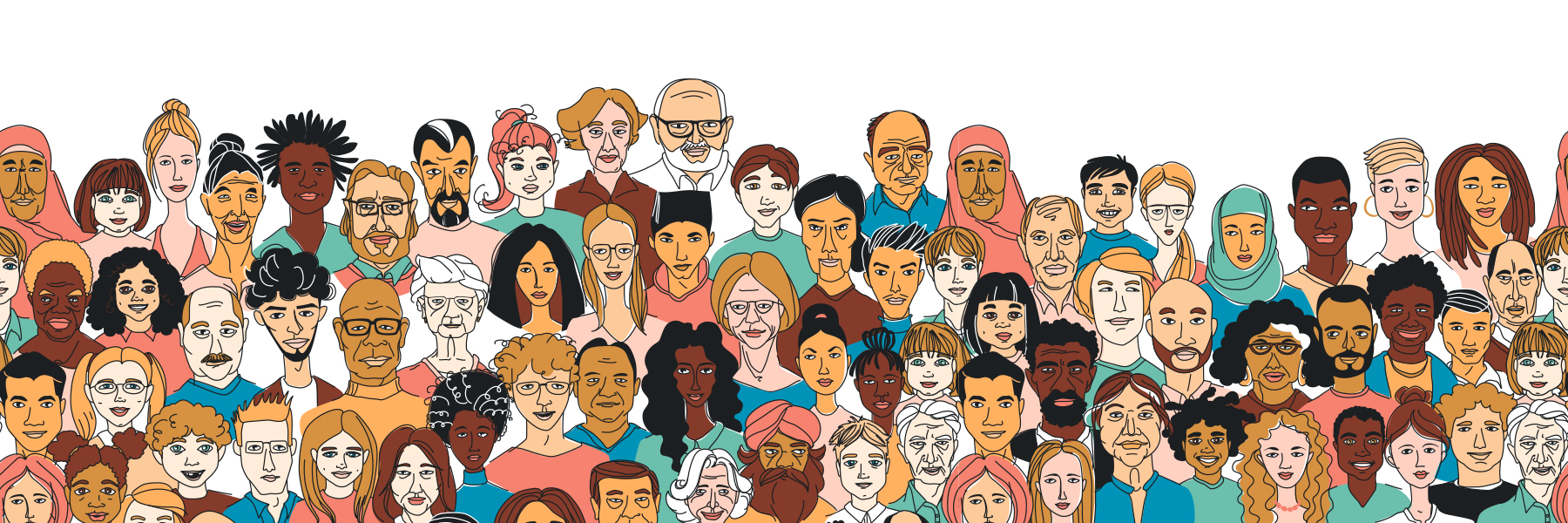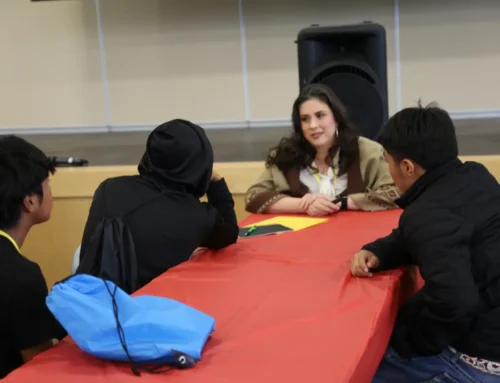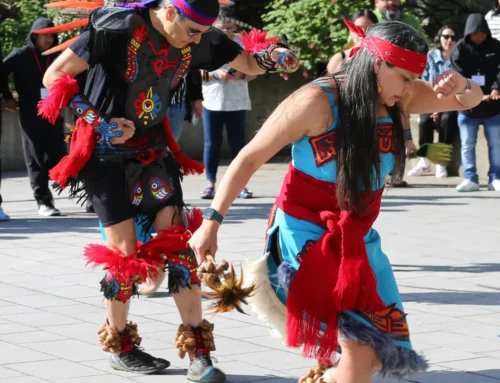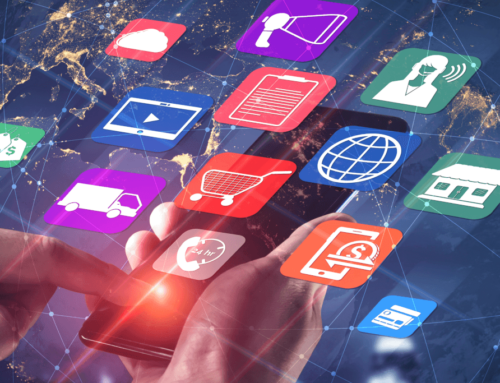Did you know that currently, Washington state is one of the least inclusive states? We rank 44th out of 50 nationwide on inclusivity. On average 57% of students receiving special education services spend 80-100% of their day in the general education setting. There is much work to be done to improve equity and inclusion in our schools right now, but the good news is support exists! The challenge lies in making sense of the statewide offerings for improving inclusive education and choosing the support(s) that best meet the needs of your school/district.
Partner organizations: finding the right partner for your district’s inclusionary journey
Earlier this year the State Legislature provided the Washington Office of Superintendent of Public Instruction (OSPI) $25,000,000 over two years for professional learning and coaching for inclusive education. The Inclusionary Practices Professional Development Project Overview outlines all of the recipients of the grant funds and there are a lot! Looking at this overview may leave you with even more questions about which organization can best serve you and your district in improving inclusionary practices. Luckily, I had a chance to talk to Cassie Stevens, NWESD’s Inclusionary Practices Director to get a breakdown of what each organization can provide and their intended audience.
- AESD: 12 professional learning modules and coaching for building leadership teams
- WASA: professional learning, action planning, and coaching for district leadership teams and school board members. Contact Helene Paroff or more information: hparoff@wasa-oly.org
- WEA: professional learning for teachers and paras looks to implement inclusionary practices in the classroom
- AWSP: professional learning, PLCs, and coaching for building principals implementing inclusionary practices.
- CCTS: professional learning and support around transition services and post-school outcomes for high schools’ principals, CTE teachers, and special education teachers
- SWIFT: professional learning and support around MTSS for school principals, assistant principals, and counselors
- UW Haring Center Demo Sites: k-12 demonstration sites highlight a variety of inclusive practices, sharing their journey, tools, and ideas with ALL through live and recorded webinars
- Collaborative Learning Solutions: works with school and districts sites to improve conditions for learning for ALL students focusing on restorative practices, inclusive practices, responsive discipline, and restorative justice centers
Apply for an Inclusionary Practice iGrant
Additionally, I learned from Cassie that OSPI is offering a competitive iGrant application available to all Local Education Agencies (LEAs) in Washington for improving inclusionary practices. Applications will continue to be approved through the fall of 2020, so it’s not too late to apply. Districts who applied last year can apply again. Funds could be used for a variety of areas: assistive technology, professional learning, or other proposals for the greatest potential impact to Least Restrictive Environment (LRE) data.
Next steps: choices for engagement
These funds paired with the professional learning AESD and others are providing could be the ideal way to begin addressing needs and improving inclusive education in your school. To accommodate the varying capacity of school teams the AESD Inclusionary Practices Project is offering choices for engagement. You can take asynchronous or synchronous two-hour courses, receive personalized support and coaching, and save free materials for implementation use in the future. Building leadership teams participating in this project can create readiness for staff this year and plan for implementation next year
Remote and hybrid learning models
As we all face the extreme challenges of leading learning in remote or hybrid models, I also see opportunities for flexible and creative ways we can meet the needs of every learner. Inclusion is the belief and practice that all students have the right to meaningfully access academic and social opportunities in general education settings. Inclusive education pushes us to consider learner variability instead of learner disability. Learner variability is the idea every student varies in their strengths, needs, and the way they learn. Keeping variability in mind we are capable of planning for flexible pace, choice, technology, and other scaffolds and supports allowing all students to be successful.
Ultimately, what we believe about our students, about our own capabilities, and the intentional ways we cultivate relationships matters most right now. We must believe we can engage and empower all students; we must believe all students and families bring incredible gifts and strengths to our schools, and we must break down the existing silos. Let’s face it, the data has been showing us for years that our students of color and our students identified with disabilities are the least well-served students in our schools. I encourage you to take and share the professional learning opportunities and support that exists for inclusionary practices. Learning is not lost this year, we are all just redefining and reimagining what education can look like when we truly design well, develop strong relationships, and believe in our learners and our own ability to meet their needs. We’ve got this! You’ve got this!
And don’t forget for personalized support in the NWESD region contact Cassie Stevens, NWESD Inclusionary Practices Coordinator for questions or assistance.
-Ed
The Association of Educational Service Districts (AESD) and other organizations across the state are offering professional learning opportunities for educators, leaders, and teams via the Inclusionary Practices Project (IPP). The purpose is to support educators with developing and implementing sustainable systems, structures, and practices that support all students with meaningful access and engagement in inclusive learning environments.
The intersectionality of equity and inclusion: the AESD Inclusionary Practices Project utilizes the Universal Design for Learning (UDL) framework to address and plan for learner differences and remove systemic barriers negatively impacting meaningful access to learning. Throughout the professional learning modules provided by AESD, key aspects of inclusive education are explored. It is impossible to address inclusion without equity. The UDL framework guides educators through the complexities of meeting the demands of each learner. In order to design well educators must first get to know a student’s interests, strengths, challenges, experiences, and learning preferences. It becomes increasingly important to develop strong relationships with students who have been historically oppressed or marginalized if educators want to be effective. So, although equity and inclusion are deeply connected, we must be careful not to confuse one with the other, rather we must see how they intersect. When pairing the pedagogical frameworks of UDL and culturally responsive teaching (CRT) we are more equipped to meet the needs of ALL learners in our schools and classrooms. (Kieran, Anderson 2019)




